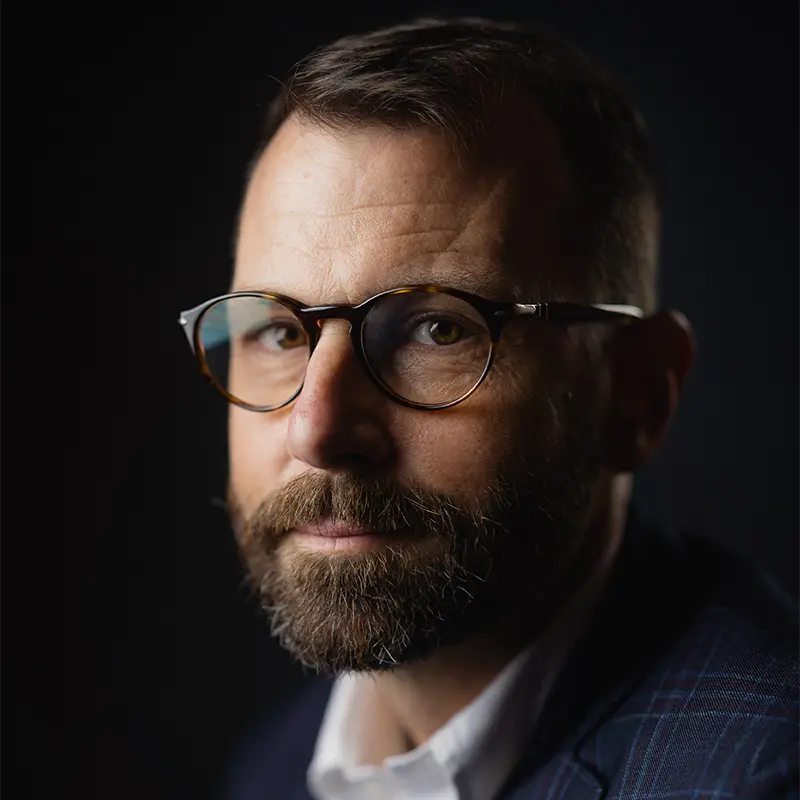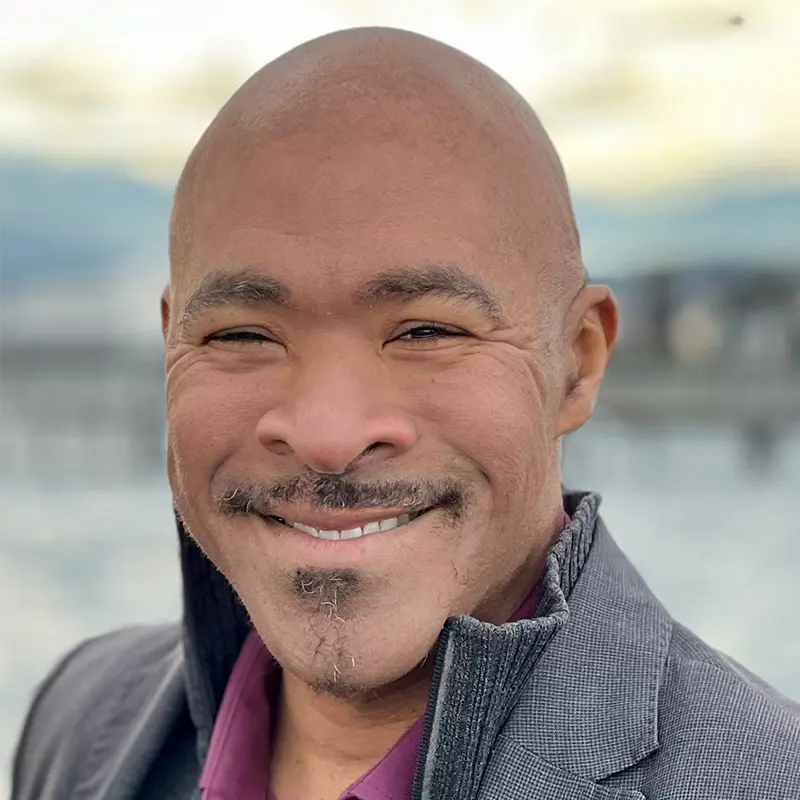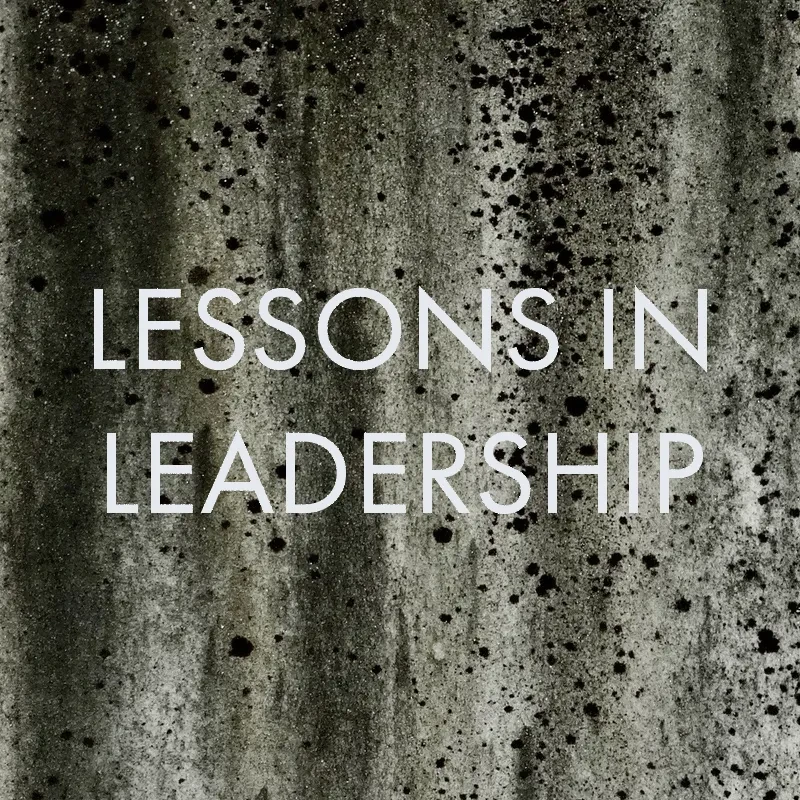
Bob Fisher

Rico Quirindongo
To Serve?
Bob Fisher
Principal with DesignIntelligence Advisory
&
Rico Quirindongo
Seattle’s director of the office of planning and community development
June 26, 2024
DI’s Bob Fisher examines his interview with Rico Quirindongo in search of the architect’s motivations to fulfill a higher calling.
Finding a list of architects who’ve held public office in the United States can be tricky. Despite laudable efforts by groups like the AIA’s Center for Civic Leadership, there’s little recognition or documentation of architects — whether elected or appointed — in public service roles.
After an afternoon of searching, I found only two lists showing architects in local, state or federal positions. Each totaled between 700 and 800 individuals. This is a small fraction of the 100,000+ people who work in the profession according to the Bureau of Labor Statistics.
I believe only one architect in the 20th century has ever served in the U.S. Congress — Richard Swett.
However, I don’t believe for a moment that these numbers reflect the industry’s commitment to creating fairer built environments. In the last 11 years with DesignIntelligence, I’ve interacted with thousands of practitioners in hundreds of firms. I’ve spoken with countless architects driven by a desire to make the world better through their work. This drive is often what led them to pursue architecture in the first place. Many have shared their challenges in reconciling their passion with the divergent interests of clients and other constraints, such as financial considerations.
That’s why it’s important to spotlight architects who’ve successfully blended their architectural work with efforts to promote a more just built environment — and those who’ve used their architectural backgrounds to transition into roles with even greater influence.
Recently, I had the privilege of interviewing Rico Quirindongo, Seattle’s director of the office of planning and community development. Rico spent 27 years as an architect before assuming his current role, always striving to create a more just and equitable built environment. The following quotes offer a glimpse into some of the important themes from the interview.
Finding His Passion: Architecture and Social Equity
I was very good at art, and I was good at math … so it seemed like a logical coming together of my skill sets to pursue architecture. Also, my art at the time was very focused on African American history and the struggle that my ancestors and that we as a community have had as a burden. Going to Washington University in St. Louis for my undergraduate in architecture, I got a double major with a degree in Afro-American Studies. While doing that, I realized that where I was focusing my energy in architecture was around social equity and social justice issues and realizing that I could enter into practice and have that be my focus.
I’ve always felt like I was put on this earth for a reason and that was to help people. And so, I’ve always felt drawn to public service.
Finding New Ways to Have Positive Impact: Volunteering for Organizations like Pike Place Market PDA, Historic Seattle, AIA, NOMA-NW, Tabor 100 and the Arcade Journal Board of Trustees
You discovered that I have had a little bit of a “board addiction.” It actually started very early on. I was the chapter president for the National Honor Society when I was in high school, and I just kept doing that sort of thing after … I’ve always felt like I was put on this earth for a reason and that was to help people. And so, I’ve always felt drawn to public service.
… The investment in the organizations I’ve worked with as a board member were sincere interests in the vision and mission of those organizations.
Those positions always represented an opportunity to build my experience and portfolio and get to know movers and shakers in the city. That would be points of connection for me even after I was no longer serving on that board or civic committee.
Making a Broader Impact: Beyond Traditional Practice
When I think about our architectural education, it is very much focused on design, design thinking, to some extent engineering and architectural practice. But I don’t think architecture education is focused on alternate career paths that one can pursue beyond traditional practice where you are applying that same set of skills.
So much of what we are required to do or allowed to do as architects is determined upstream. And those upstream decisions are made in government. So, the land-use decisions like what type of uses, what building envelopes, what height of buildings, what the framework of a city growth looks like, all those are decisions made in the seats of government. And then as architects, we execute on that framework, but most often are involved in that decision-making. And so I think that as part of my volunteerism I sought to try to get closer to any opportunities there were for me as an architect to be involved in those kinds of conversations, however limited, which over time ultimately led me to consider the idea of becoming a public official, specifically community development.
What opportunities can we create for others to have voice in the process or to have a seat at the table that creates a more equitable framework?
Scaling Up: A New Role
I got a phone call from the mayor at the time here in Seattle, Jenny Durkan — and this was a few months after the horrible tragedy of George Floyd — asking me what it would take for me to join the mayor’s cabinet. Not a question that I was prepared for, but she did not know (that) I had thought about what it would be like to join city government before. Four months later, I found myself joining the office of planning a community development as the deputy director and then literally two months later stepping into the interim director position. I’ve been here for two and a half years now, which was very much just scaling up. So, where I was able to achieve single-site solutions that were focused on a social framework as an architect, now I’m able to do that at the scale of a city of 800,000 people.
Mentoring: Advice for Younger Architects Considering Their Career Paths
Don’t wait until later to get to the thing that you want to get to, do that thing now. Find that path as a part of your regular day-to-day. And volunteerism is an opportunity to do that. And beyond the meaning that it has for civic service, being able to find those opportunities and invest in those kinds of opportunities that allow young students or young intern architects to really broaden their view and understanding of the impact of design thinking in a multitude of different ways that you don’t get sitting behind a desk.
Creating Opportunities: Architects’ Responsibilities in Society
And I think that as architects, we have to think about … what opportunities can we create for others to have voice in the process or to have a seat at the table that creates a more equitable framework for how things get built and what built environment projects look like?
Listen to the full interview with Rico Quirindongo here.
For more on architects in public service, listen to the interview with architect and former ambassador to Denmark Richard Swett here.
Bob Fisher is a principal with DesignIntelligence Advisory and a frequent contributor to DI Quarterly.
Rico Quirindongo, AIA, has been working for 30 years to revitalize and reimagine Seattle historic landmarks and neighborhoods. He is Director of the City of Seattle Office of Planning and Community Development. Rico believes that through vision, authentic community engagement, and multi-agency cross collaboration, opportunities for social change can be realized through community-invested civic projects.
Rico was a mayoral appointee to the Historic Seattle Council for six years, was a founding member of the National Organization of Minority Architects Northwest Chapter and Rico sat on the AIA+2030 national steering committee, a group that has seen to it that 24 cities nationally provided curriculum to help design teams and owners meet the 2030 Challenge and create carbon neutral built environment projects.
Rico works with organizations to positively influence communities through design and is committed to the betterment of his hometown, Seattle, through public engagement, design, and civic service. Rico was chair of the Pike Place Market Preservation and Development Authority Council, was a Downtown Seattle Association board member, and was AIA Seattle President in 2012-13. In 2020, Rico completed his first Ted talk and was recognized by AIA National as a Citizen Architect. He was given a Commercial Real Estate Leadership Award as a Neighborhood Champion by the Puget Sound Business Journal in 2021.
Rico was a Northwest and Pacific Regional Representative on the AIA Strategic Council, a national think tank of the member organization. He was awarded the Jennie Sue Brown Lifetime Achievement Award by the AIA Washington Council in 2022 and the UW College of the Built Environment Architecture Distinguished Alumni Award in 2023.




